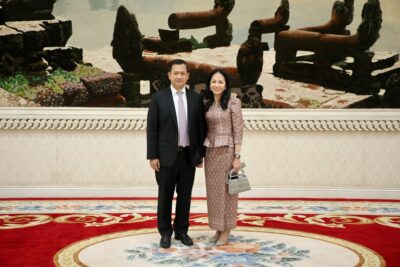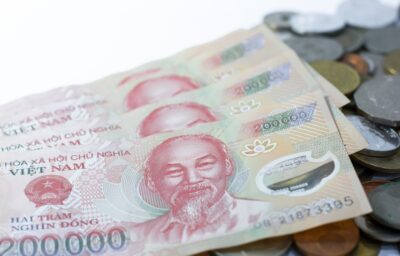Singaporeans now have more flexibility to buy forever homes
Rules on pension funds updated without compromising retirement adequacy

Singaporeans will now have more opportunities to buy a home for life and still retain their retirement adequacy, thanks to rules implemented this month on Central Provident Fund (CPF) usage and Housing & Development Board (HDB) housing loans.
If the remaining lease of the home can cover the youngest buyer until at least the age of 95, home buyers will be allowed to obtain maximum CPF usage and HDB housing loan (for HDB flat buyers), according to new rules announced Friday.
Those who do not meet this criteria will still be able to use CPF and take up an HDB housing loan, but the amount will be pro-rated.
More: Private home acquisition by Singaporeans soars in Q1 2019
The changes are expected to make minimal impact on majority of home buyers as they are already purchasing a property which lasts them to the age of 95, the Ministry of National Development stated.
“By raising the age to 95, the pool of buyers who can utilise pension funds to buy older flats will increase,” Christine Sun, the head of research at OrangeTee & Tie Pte, told Bloomberg Quint.
“The increased demand may stabilise the price gap between older and newer flats.”
Previously, buyers could only use their CPF savings if the remaining lease of the property covers the youngest buyer until the age of 80.
Recommended
Why everyone is moving to Selangor and Johor: Malaysia’s real estate comeback
Malaysia’s upturn in fortunes is especially prevalent in secondary destinations such as Selangor and Johor
Penang’s silicon boom: How the US-China tech war is supercharging local real estate
Penang’s booming semiconductor industry has created ripples within the local real estate sector
New leader, new opportunities: How Hun Manet is shaking up Cambodia’s real estate game
Hun Manet is overseeing decent economic growth and widening access to the country’s real estate market for foreigners
Singapore embraces inclusive housing reforms amid resilient demand
The Lion City’s regulatory strength continues to exert appeal for international investors








